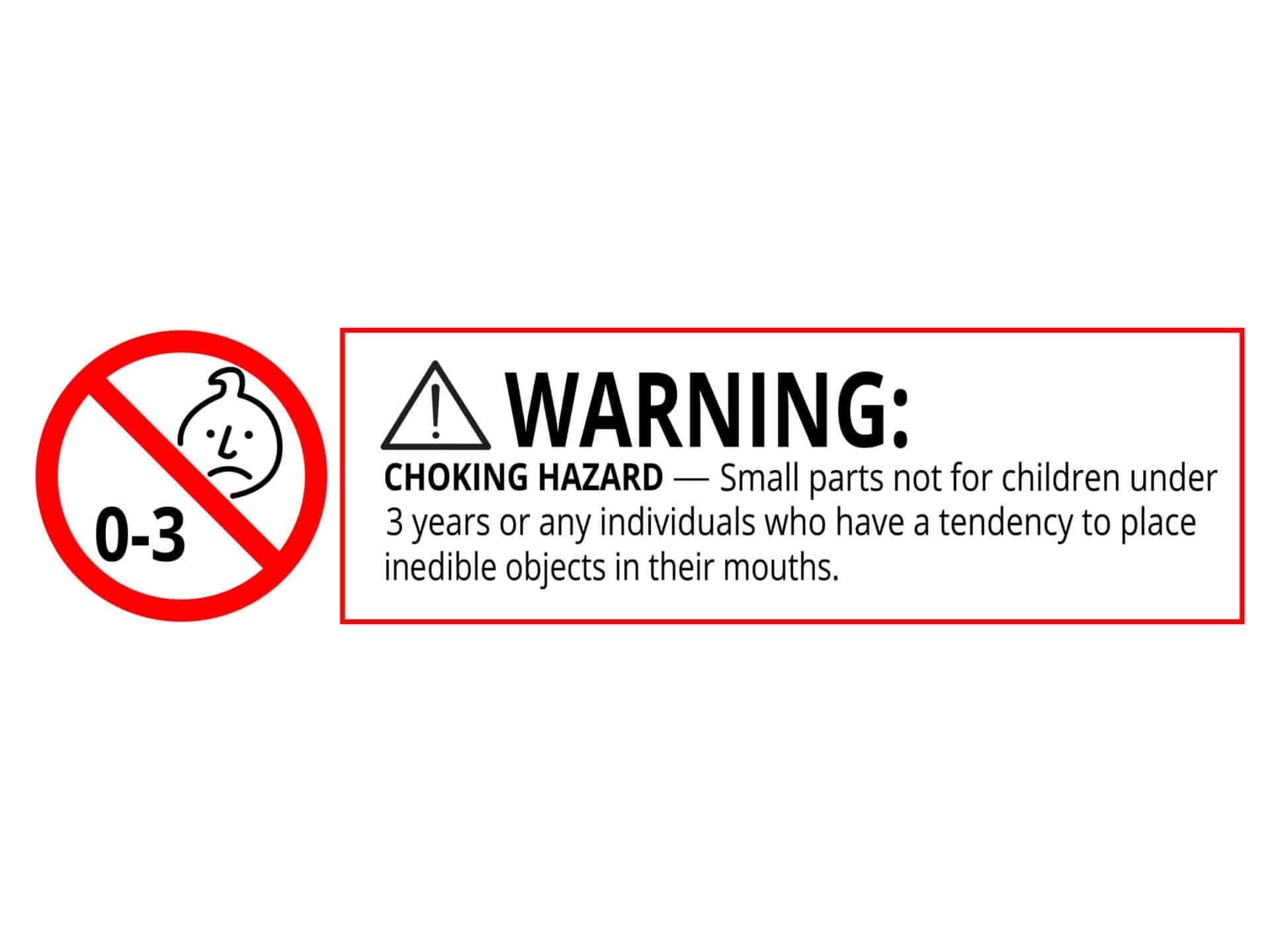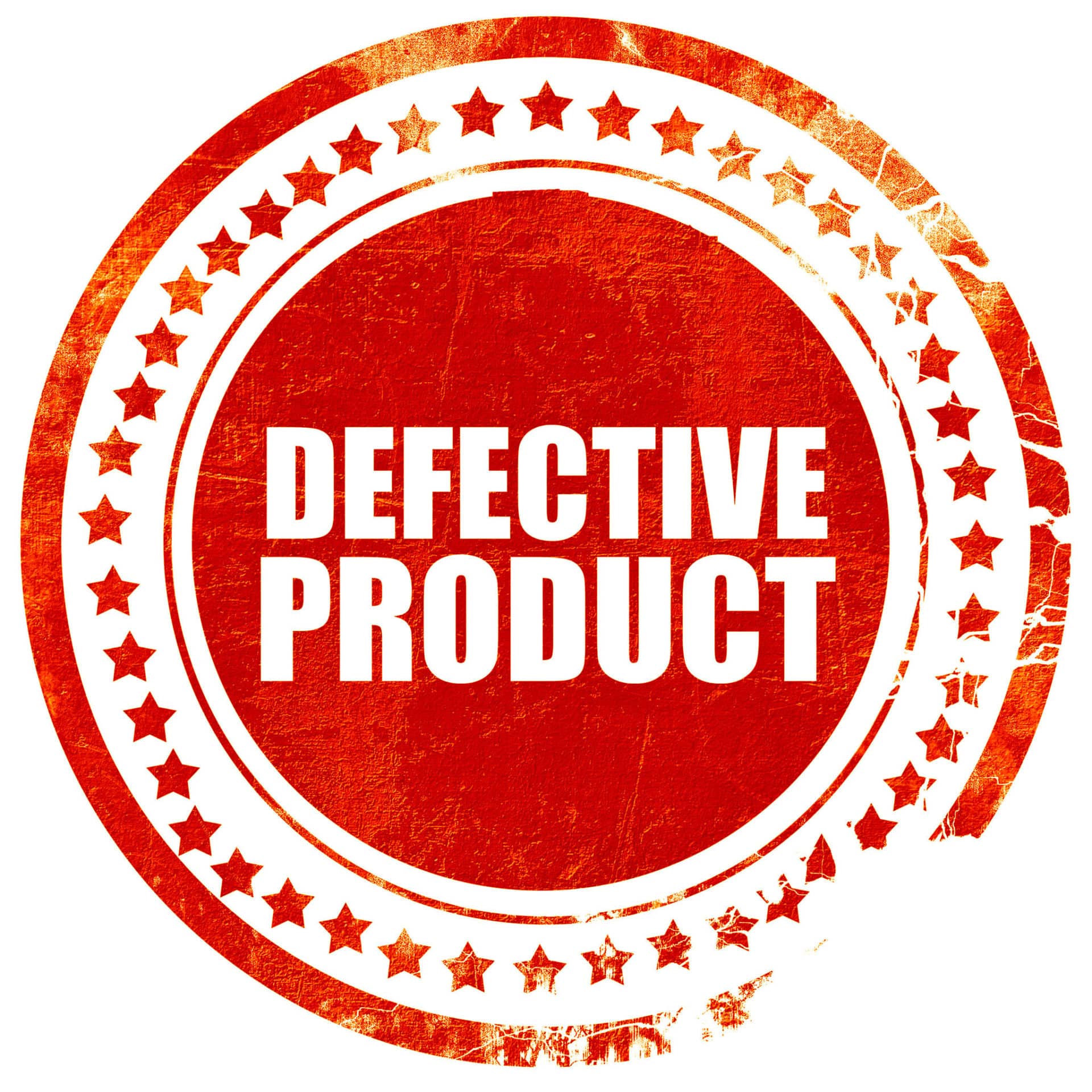
When you buy a product for use in your home or office, you assume the product is reasonably safe to use. Some products can come with inherent risks and the manufacturers of those products have a duty to warn about those dangers in order to help consumers make good choices and protect themselves from injury and even death.
Many products come with warning labels to help ensure that the consumer understands the dangers involved in using the product, but that may not be enough to bar anyone who is injured by the product from filing a negligence claim.
In fact, a New York judge recently ruled that product warning labels and even notations made in user manuals aren’t enough to keep someone injured by a product from suing.
There is a difference between filing a product liability claim and personal injury claim. Even so, there are things that must be established in order to be successful in winning a product liability or personal injury claim in New York. Here’s what you need to know.
Product Liability or Personal Injury?
There are important distinctions between product liability claims and personal injury, which is why it’s essential to have an experienced attorney on your side throughout the legal process. They can help you to understand these differences and guide you through the entire process.
Product Liability and the Rule of Strict Liability
While you may think that a product liability claim where you were injured is the same as a personal injury claim, under the law each is a different case. The biggest difference is in how the victim establishes the financial liability of the responsible party.
A defective product is dependent on a rule identified as strict liability. In cases involving strict liability, the victim does not need to be able to demonstrate that a mistake was made or someone was at fault for their damages. Instead, it must be shown that:
- A product was indeed defective
- The product was being used by the victim as it was intended
- An injury occurred
- The damage was produced by the product’s defect
The first requirement is usually the most difficult to establish since manufacturers fight fiercely to avoid having a product considered defective. However, with the help of an experienced attorney and the right evidence, compensation can be recovered.
Personal Injury and the Law of Negligence
In other personal injury claims, the law of negligence is what governs the legal process. The law of negligence means that it will need to be proven that someone else was at fault for the injuries a victim suffers in order for the case to be successful. Under the law, it must be shown that a breach of duty of care was at the heart of the harm done.

A great example of a personal injury claim based on negligence is a traffic accident. If you are in an accident and sustained injuries, then it’s possible to file a personal injury claim because all drivers on the road owe a duty to exercise reasonable care.
If this duty is breached because the driver was distracted, then you may be eligible for compensation for your injuries to help cover medical bills or other losses.
Do you have a product liability case or a personal injury case – or both?









